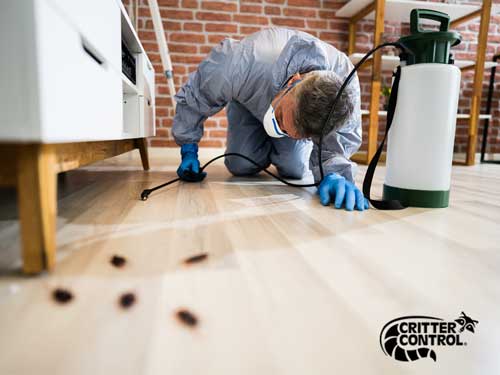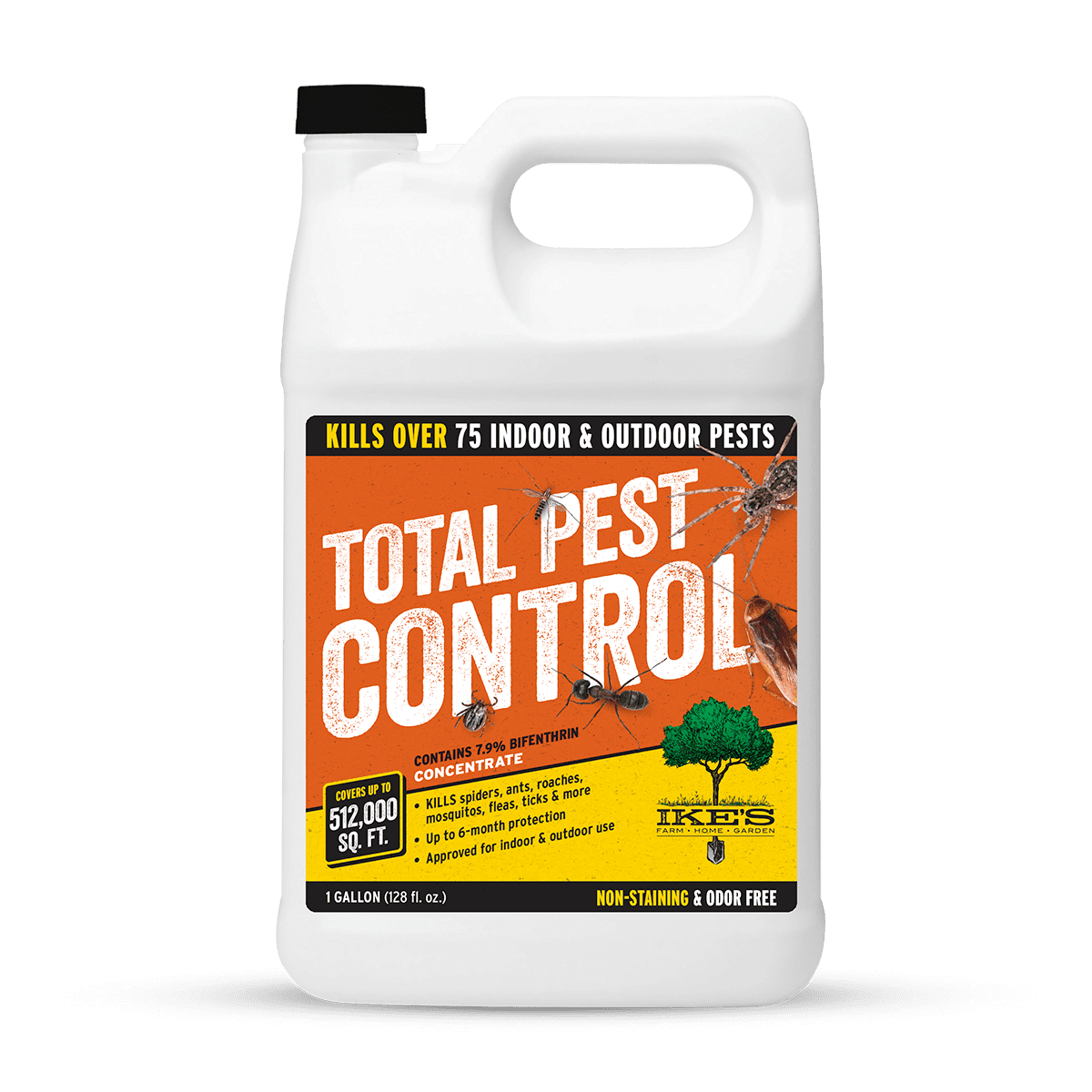Bed Bug Therapy Failure: Contrasting Chemical Vs. Non-Chemical Solutions
In the world of insect control, particularly when taking care of the relentless issue of bed insects, the selection between chemical and non-chemical therapy options can be an essential one. Both approaches provide unique benefits and downsides, affecting variables such as efficiency, safety factors to consider, and overall cost. By analyzing the nuanced details of each technique, a more clear understanding of which path to go after in resolving a bed pest invasion can be achieved.
Efficiency of Chemical Therapies
Chemical treatments for bed insect invasions have actually been extensively acknowledged for their potent and quick efficacy in removing these pests. When thinking about the effectiveness of chemical treatments, it is essential to understand that they can offer a comprehensive and quick remedy to a bed insect issue.
Moreover, chemical therapies have the advantage of providing residual effects, implying that they can continue to eliminate bed bugs also after the preliminary application. This recurring action is particularly valuable in combating any potential re-infestations. In addition, the fast activity of chemical therapies can bring alleviation to people encountering severe bed bug invasions, allowing them to regain control of their space swiftly.
Safety Worries With Chemical Solutions
One vital aspect that needs careful consideration when utilizing chemical options for bed insect therapy is making sure the safety of owners and the setting. Exposure to particular chemicals used in bed pest therapies can lead to respiratory issues, skin inflammation, or various other negative reactions, particularly in people with pre-existing problems or level of sensitivities.
Additionally, the ecological effect of chemical solutions is one more considerable factor to consider. Some pesticides utilized in bed insect therapies may be unsafe to valuable insects, wild animals, and communities if they leach right into the soil or water systems. It is necessary to utilize chemical therapies carefully, adhering to safety guidelines, and taking into consideration less hazardous choices to minimize these dangers and make sure the effective and risk-free monitoring of bed bug invasions.
Advantages of Non-Chemical Approaches
Taking into consideration the potential safety and security problems and ecological influence associated with chemical solutions for bed insect treatment, exploring non-chemical approaches provides an appealing choice with a number of unique benefits. Non-chemical therapies are eco friendly, as they do not contribute to air or water contamination, making them a lasting choice for insect control.
Additionally, non-chemical services can be efficient in targeting bed pests, including hard-to-reach locations where chemical treatments may not pass through - A1 charlotte bed bug exterminator. Techniques such as warm treatment, vacuuming, heavy steam cleaning, and cushion encasements provide extensive obliteration without the usage of hazardous chemicals.
Limitations of Non-Chemical Treatments

Furthermore, non-chemical treatments frequently call for multiple applications to achieve successful eradication. This can be lengthy and may not always guarantee total removal of all bed insects and their eggs, particularly in hard-to-reach or concealed locations.
Furthermore, the success of non-chemical therapies greatly depends on proper application and thoroughness, which can be challenging for people without professional expertise. Insufficient application of non-chemical approaches may result in incomplete elimination, bring about relentless invasions and the need for added treatments.
For that reason, while non-chemical treatments have their benefits, it is important to recognize these constraints and consider them when figuring out one of the most reliable strategy for handling bed insect invasions.
Expense Comparison: Chemical Vs. Non-Chemical Options
Given the limitations related to non-chemical therapies, an important aspect to evaluate in the context of bed bug administration is the expense comparison between chemical and non-chemical choices. Chemical treatments typically involve the application of pesticides by experts, which can vary from $250 to $900 per room, depending upon the extent of the invasion and the dimension of the area to be treated. On the other hand, non-chemical therapies like warmth treatment or vapor can be extra expensive, with prices ranging from $1,000 to $6,000 for an entire home. While the initial expense of chemical therapies may appear lower, multiple treatments might be required to completely eliminate the infestation, potentially raising the total expense. On the various other hand, non-chemical alternatives may give a much more lasting and environmentally friendly remedy, although they can be cost-prohibitive for some people. Inevitably, when thinking about the cost of bed insect treatment choices, it is very important to consider the upfront costs against the efficiency and long-lasting sustainability of the chosen method.
Conclusion

Considering the prospective safety and security concerns and ecological effect associated with chemical solutions for bed insect therapy, discovering non-chemical strategies provides an encouraging alternative with numerous distinct advantages.Provided the constraints linked with non-chemical therapies, a necessary aspect to review in the context of bed insect administration is the price contrast in between chemical and non-chemical options. In comparison, non-chemical treatments like warm therapy or heavy steam can be extra costly, with prices varying from $1,000 to $6,000 for an entire home. While the preliminary cost of chemical therapies may seem lower, several therapies may be called for to fully get rid of the problem, possibly raising the overall price.In verdict, when comparing chemical and non-chemical bed pest treatment options, it is essential to take into consideration efficiency, security, advantages, limitations, and price.